Haworthia
Original price was: ₹150.00.₹99.00Current price is: ₹99.00.
Haworthias are a diverse genus of small succulent plants native to southern Africa. They are popular among succulent enthusiasts for their attractive rosette-shaped foliage and relatively easy care requirements. Here are some general details and growing tips for Haworthias:
Description:
- Haworthias typically form rosettes of thick, fleshy leaves that range in color and texture depending on the species and variety.
- The leaves may be green, gray-green, or even reddish-brown, often with interesting patterns of spots or stripes.
- Some Haworthia species have transparent “windows” on their leaves that allow sunlight to penetrate and aid in photosynthesis.
ALL THE PLANTS WILL BE SENT BARE ROOTED. NO SOIL NO POT
Description
Haworthias are a diverse genus of small succulent plants native to southern Africa. They are popular among succulent enthusiasts for their attractive rosette-shaped foliage and relatively easy care requirements. Here are some general details and growing tips for Haworthias:
Description:
- Haworthias typically form rosettes of thick, fleshy leaves that range in color and texture depending on the species and variety.
- The leaves may be green, gray-green, or even reddish-brown, often with interesting patterns of spots or stripes.
- Some Haworthia species have transparent “windows” on their leaves that allow sunlight to penetrate and aid in photosynthesis.
Growing Tips:
- Light: Provide bright, indirect light for most Haworthia species. They can tolerate some direct sunlight, especially in the morning or late afternoon, but intense sunlight can cause sunburn or leaf bleaching. A south- or east-facing window indoors is usually ideal.
- Temperature: Keep Haworthias in average to warm temperatures between 65-80°F (18-27°C) during the growing season. They can tolerate slightly cooler temperatures in winter but should be protected from frost.
- Soil: Plant Haworthias in a well-draining succulent or cactus potting mix. A mixture of regular potting soil with perlite or coarse sand works well to improve drainage.
- Watering: Allow the soil to dry out partially between waterings. Water thoroughly but infrequently, ensuring that excess water drains away completely. Avoid letting the plant sit in water, as this can lead to root rot. Reduce watering during the winter months when the plant is dormant.
- Humidity: Haworthias are generally tolerant of low humidity levels and do not require any special humidity conditions.
- Fertilizing: Fertilize sparingly during the growing season (spring and summer) with a diluted, balanced fertilizer formulated for succulents. Too much fertilizer can cause the plant to become leggy or prone to rot.
- Potting: Repot Haworthias only when necessary, typically every two to three years or when they have outgrown their current containers. Choose pots with drainage holes to prevent waterlogging.
- Propagation: Haworthias can be propagated from offsets (or “pups”) that form around the base of the mother plant. Gently separate the offsets and plant them in their own pots with well-draining soil.
- Pests and Diseases: Monitor the plants for signs of pests such as aphids, mealybugs, or spider mites. Treat any infestations promptly with insecticidal soap or neem oil. Good air circulation around the plants can help prevent fungal diseases.
By following these growing tips and paying attention to the specific needs of your particular Haworthia species, you can enjoy healthy and attractive plants in your home or garden.

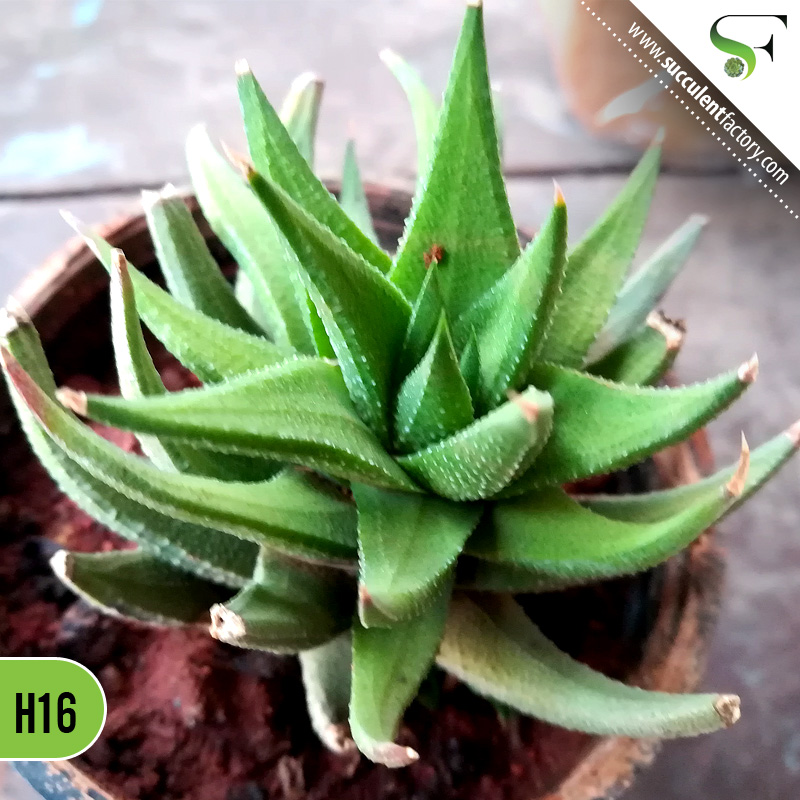
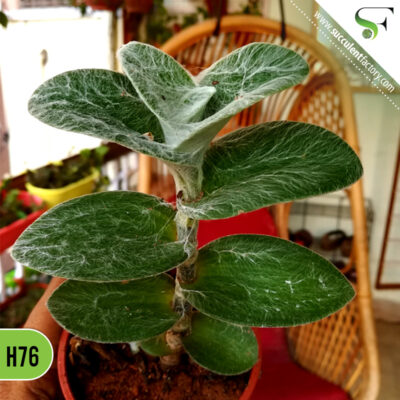
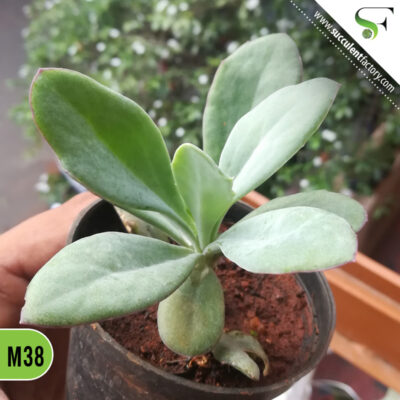
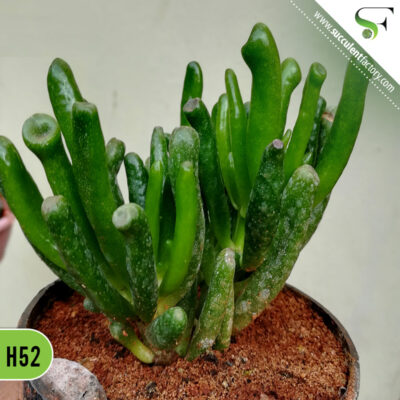
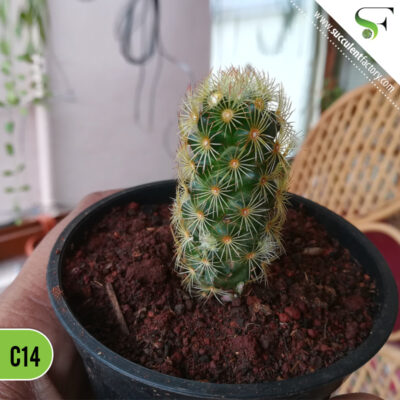
Reviews
There are no reviews yet.